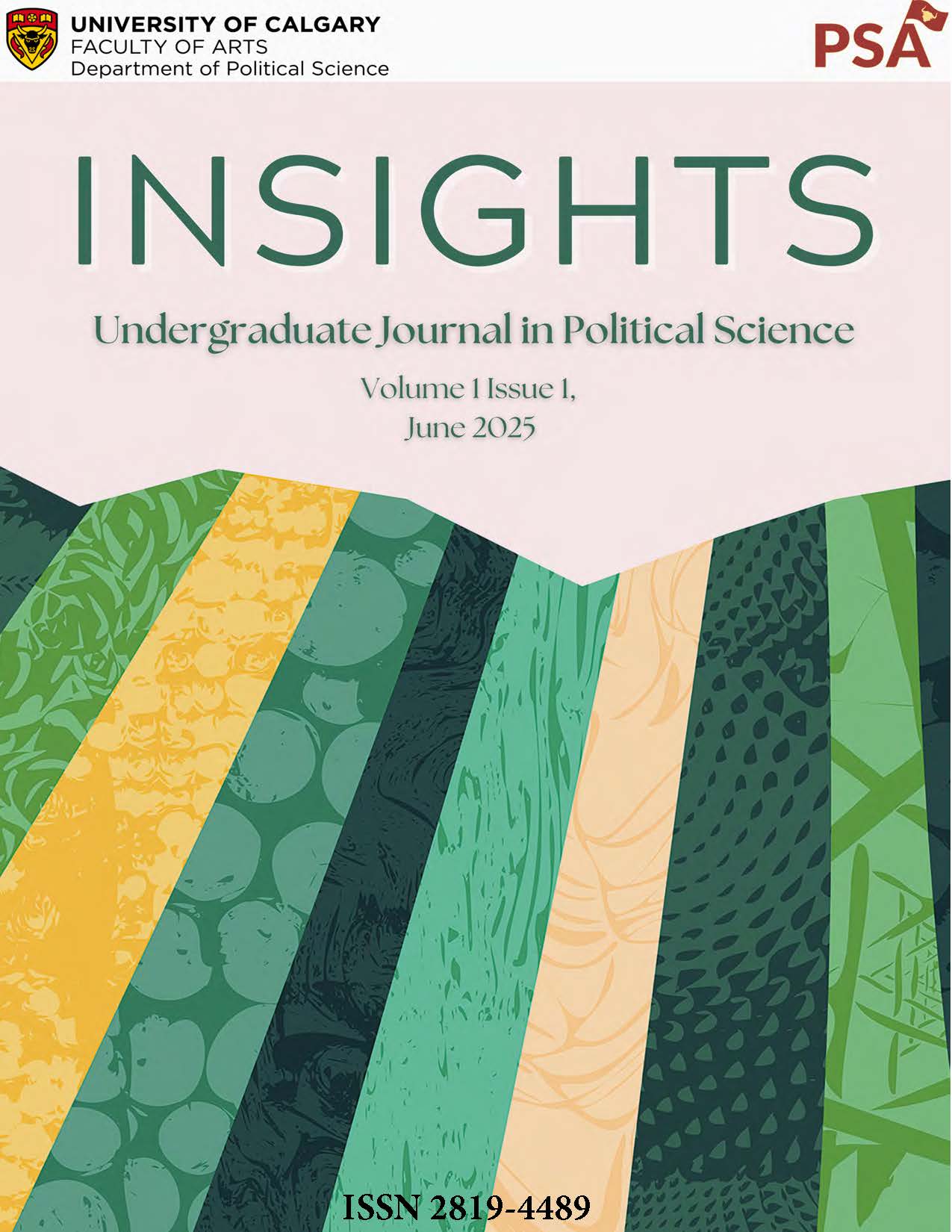The Changing Geopolitical Landscape in the Asia-Pacific
The Rise of China and the United States' Response
Keywords:
Foreign Policy, International Relations, Sino-US Relations, Security PolicyAbstract
The rise of China has challenged the United States' post–Cold War hegemonic dominance, requiring shifts in U.S. security strategy. A series of Chinese actions have prompted these shifts in the past 20 years, which are identified in this paper. This paper examines how and why the United States has shifted its foreign policy in response to China's rise. It analyzes government documents and research from Western and Chinese perspectives to identify U.S. policy shifts and and the rationale behind them. Three major areas of policy change are highlighted: the United States has expanded its military presence in the Asia-Pacific, strengthened military and economic ties with other countries in the region, and pursued economic independence and security, particularly in the semiconductor industry. These shifts represent a major realignment of U.S. foreign policy away from traditional theatres in Europe and the Middle east towards a focus on the Asia-Pacific. In addition, the relationship between the United States and China will play a critical role in shaping the future stability and structure of the international system.
Downloads
Downloads
Published
Issue
Section
Categories
License
Copyright (c) 2025 Ethan Markowitz

This work is licensed under a Creative Commons Attribution-ShareAlike 4.0 International License.
Open Access Policy:
Insights Undergraduate Journal in Political Science provides immediate open access to published content in support of the idea that free access to research helps support the exchange of knowledge and ideas. Authors will never be charged to submit or publish a manuscript through Insights, and all articles will be made available under a Creative Commons Attribution 4.0 Share-Alike License. as indicated in the Copyright Notice section under the page.


